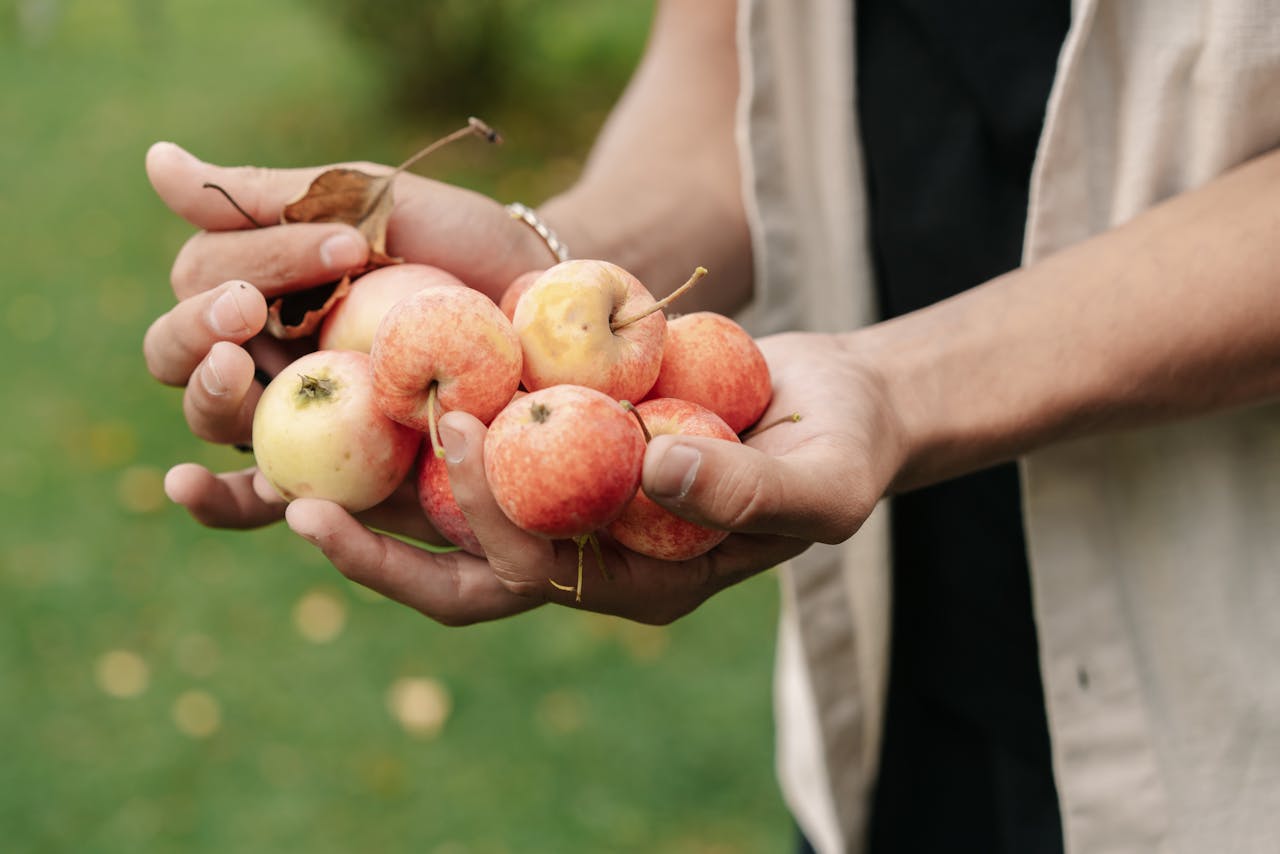
In the past few decades, the nutritional landscape of our food has undergone significant changes, driven in part by shifts in agricultural practices and soil health. A poignant example of this change can be observed in something as seemingly simple as an apple. While an apple in the 1980s may have been perceived as a wholesome, nutrient-rich snack, the apple of today may not hold the same nutritional profile. Let’s delve into how soil nutrient changes have influenced the nutrient density of apples over time.
Declining Soil
In the 1980s, conventional farming practices often prioritized high yields and rapid crop growth. This approach, while initially successful in boosting agricultural productivity, has gradually taken its toll on soil health. Intensive farming practices, including monoculture cropping, heavy pesticide and fertilizer use, and erosion, have led to soil degradation and nutrient depletion. The health of the soil directly influences the nutritional content of crops grown in it, including apples. Studies have shown that declining soil quality correlates with reduced levels of essential nutrients in fruits and vegetables. For instance, research published in the Journal of the American College of Nutrition found that certain minerals, such as calcium, magnesium, iron, and zinc, have declined in fruits and vegetables over the past century due to soil depletion.
Comparing an apple from the 1980s to one from today reveals notable differences in nutrient density. In the 1980s, apples were likely to contain higher levels of essential vitamins, minerals, and antioxidants. These apples benefited from healthier soils enriched with a diverse array of nutrients and organic matter. This is fostering robust growth and nutrient uptake by the apple trees. Today, however, apples may contain lower levels of certain nutrients, such as vitamin C, potassium, and antioxidants, due to soil depletion and agricultural practices that prioritize yield and appearance over nutritional quality. Additionally, the rise of monoculture farming and the use of synthetic fertilizers may contribute to diminished nutrient density in modern apples.
The nutrient gap
To bridge the nutrient gap between apples of the past and present, there is a growing interest in sustainable farming practices that prioritize soil health and nutrient cycling. Organic farming, regenerative agriculture, and approaches aim to replenish soil nutrients, enhance biodiversity, and promote long-term sustainability. Consumers can also make informed choices by seeking out locally grown, organic, and heirloom varieties of apples, which may have higher nutrient densities compared to conventionally grown counterparts. Supporting farmers and producers committed to sustainable agriculture can contribute to the preservation of soil fertility and the production of nutrient-rich foods.
The evolution of agriculture and soil health has had a discernible impact on the nutrient density of apples and other fruits and vegetables. While the apple of today may still be a wholesome snack, its nutritional composition may not match that of its predecessors from decades past.
By recognizing the importance of soil health and supporting sustainable farming practices, we can strive to ensure that future generations continue to enjoy the full nutritional benefits of nature’s bounty.
Sources:
- Davis, D. R., Epp, M. D., & Riordan, H. D. (2004). Changes in USDA food composition data for 43 garden crops, 1950 to 1999. Journal of the American College of Nutrition, 23(6), 669-682.
- Lea, P. J., & Azevedo, R. A. (2006). Nitrogen use efficiency. 1. Uptake of nitrogen from the soil. Annals of Applied Biology, 149(3), 243-247.
- Reganold, J. P., Elliott, L. F., & Unger, Y. L. (1987). Long-term effects of organic and conventional farming on soil erosion. Nature, 330(6146), 370-372.



